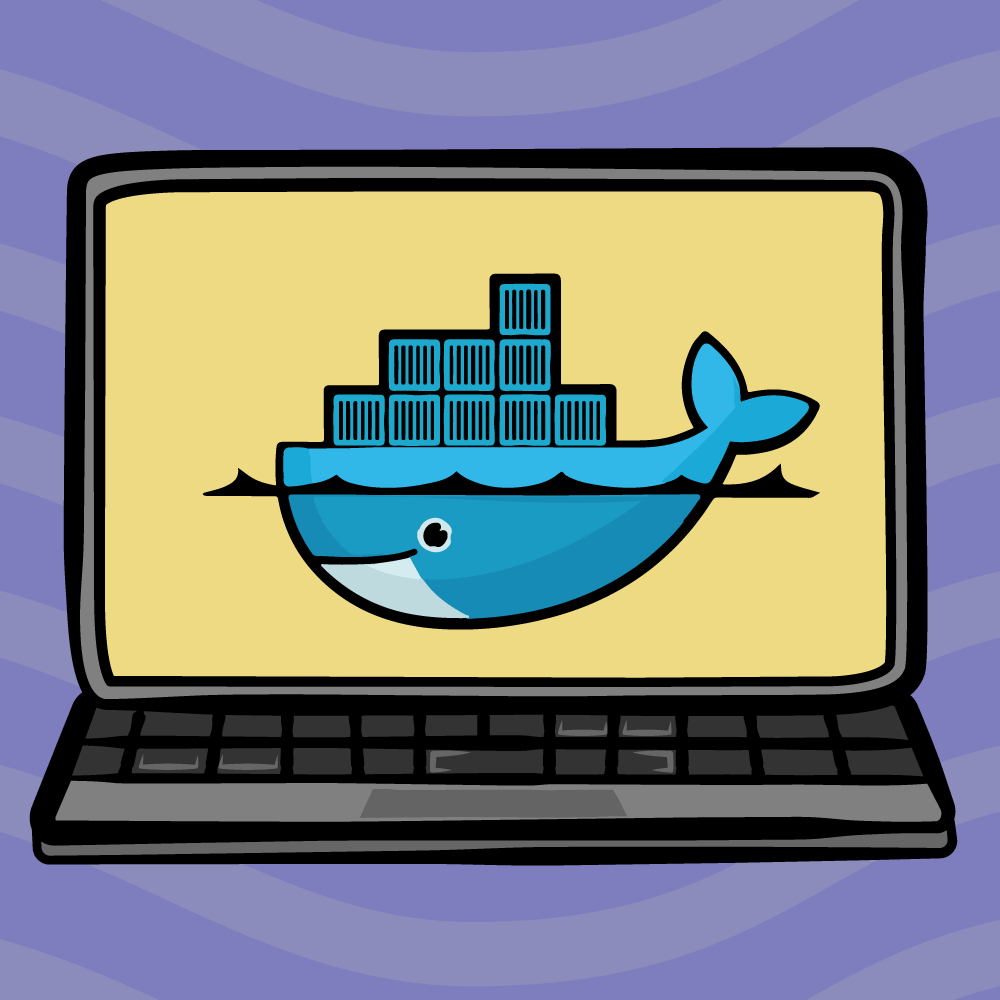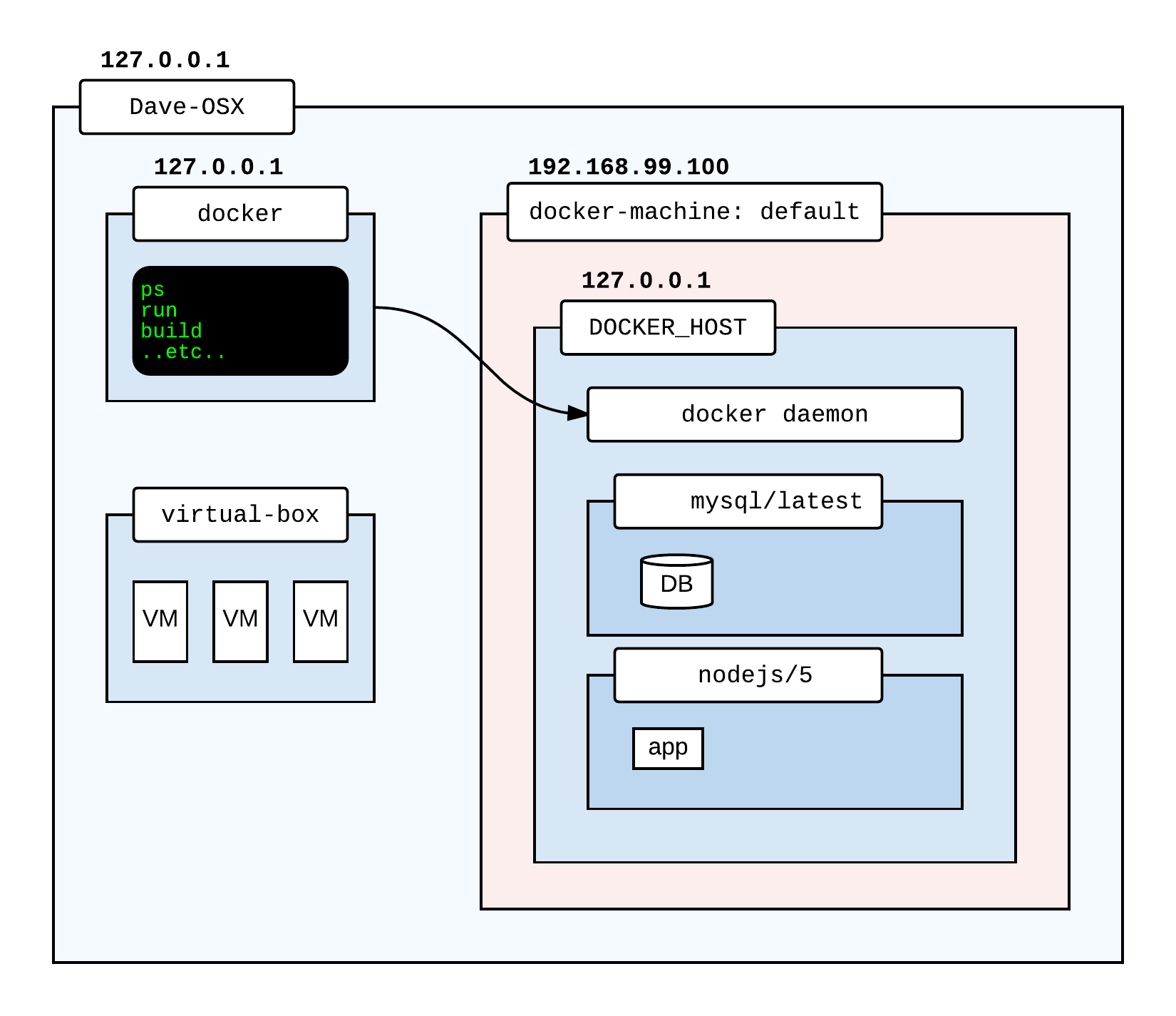
- #Docker for mac how it works install#
- #Docker for mac how it works zip file#
- #Docker for mac how it works code#
- #Docker for mac how it works download#
Remember the -d and -p flags? You're running the new container in "detached" mode (in the background) and creating a mapping between the host's port 3000 to the container's port 3000. Start your container using the docker run command and specify the name of the image you just created: docker run -dp 3000:3000 getting-started Now that you have an image, run the application! To do so, use the docker run command (remember that from earlier?). at the end of the docker build command tells that Docker should look for the Dockerfile in the current directory. Since you named the image getting-started, you can refer to that image when you run a container. Think of this simply as a human-readable name for the final image. The CMD directive specifies the default command to run when starting a container from this image.įinally, the -t flag tags your image.
#Docker for mac how it works install#
But, since you didn't have that on your machine, that image needed to be downloaded.Īfter the image was downloaded, you copied in your application and used yarn to install your application's dependencies. This is because you instructed the builder that you wanted to start from the node:12-alpine image. You might have noticed that a lot of "layers" were downloaded. This command used the Dockerfile to build a new container image. Īlternatively, you can also right-click on the Dockerfile and choose Build Image. Now build the container image using the docker build command.

If you haven't already done so, open a terminal and go to the app directory with the Dockerfile. Some editors may append this file extension automatically and this would result in an error in the next step. Please check that the file Dockerfile has no file extension like. But, don't worry! We'll go over them.Ĭreate a file named Dockerfile in the same folder as the file package.json with the following contents. If you've created Dockerfiles before, you might see a few flaws in the Dockerfile below. A Dockerfile is simply a text-based script of instructions that is used to create a container image.

In order to build the application, you need to use a Dockerfile. You should see the package.json and two subdirectories ( src and spec). If you're in need of an editor, you can use Visual Studio Code.
#Docker for mac how it works code#
Once extracted, use your favorite code editor to open the project.
#Docker for mac how it works zip file#
Open the ZIP file and Extract All to extract the source of the app from the app folder to a folder on your hard drive.

#Docker for mac how it works download#
To download the ZIP file, use the green Code button and choose Download ZIP. You can download the ZIP file for the repo. For Mac, install Docker Desktop for Mac.ĭownload the source for the app from the Docker repo.

The install process makes the ZIP file containing the sample available at the localhost address. See Docker for Windows installation documentation. If you're using Windows, make sure that you have Docker for Windows or Docker Community Edition installed on the local machine. But, for this tutorial, we have created a ZIP file containing the application. For real projects, you will typically clone the repo. You want to show how it works and what it's capable of doing without needing to think about how it will work for a large team, multiple developers, and so on.īefore you can run the application, you need to get the application source code onto your machine. If you're not familiar with Node.js, don't worry! No real JavaScript experience is needed!Īt this point, your development team is quite small and you're simply building an app to prove out your MVP (minimum viable product). This is a continuation of a tutorial that starts hereįor the rest of this tutorial, you'll be working with a simple todo list manager that is running in Node.js.


 0 kommentar(er)
0 kommentar(er)
